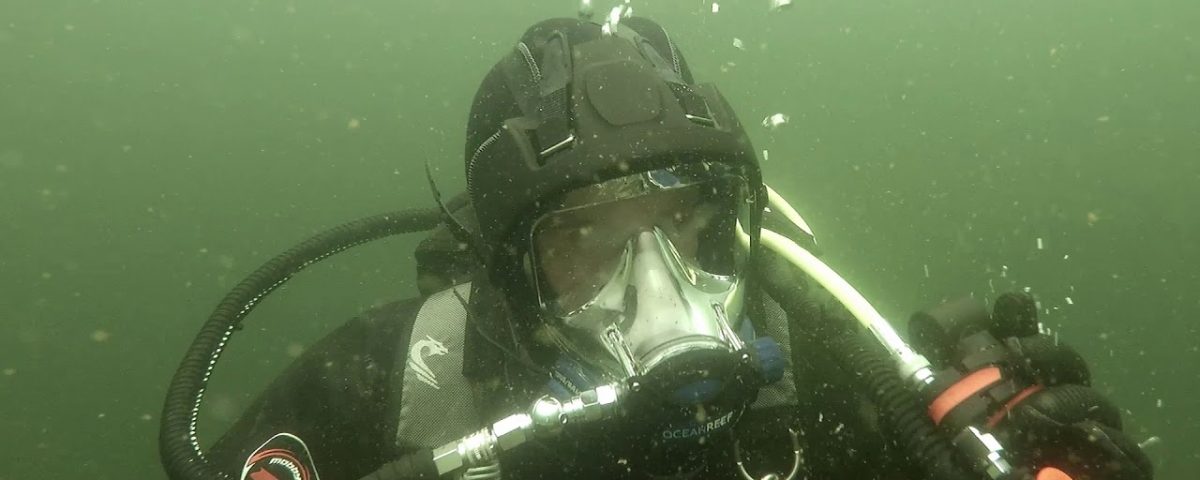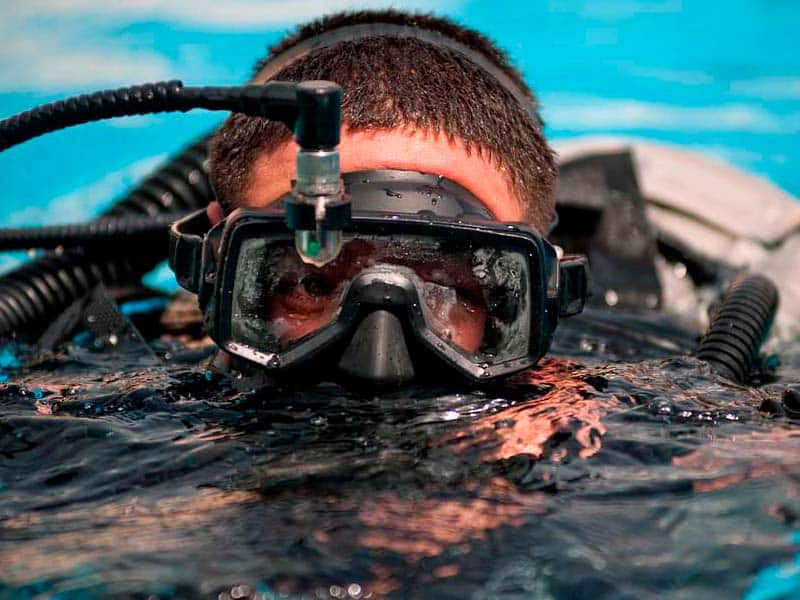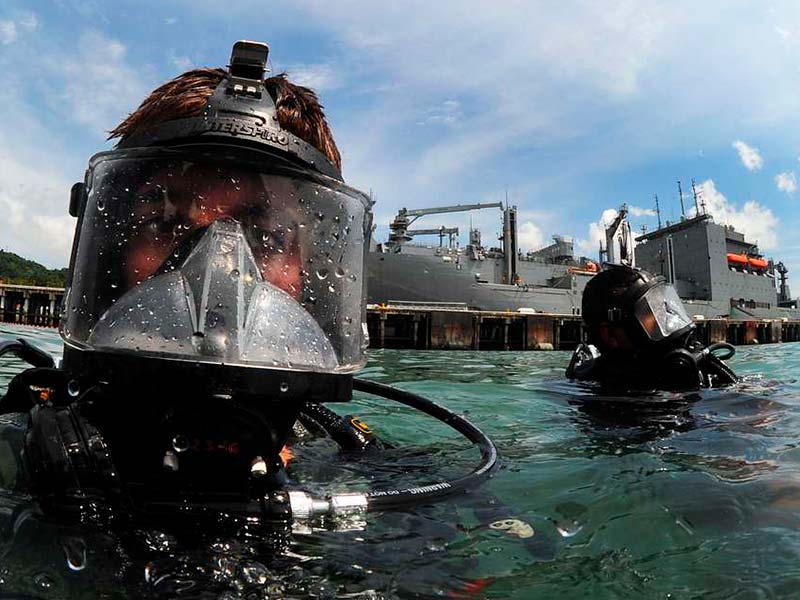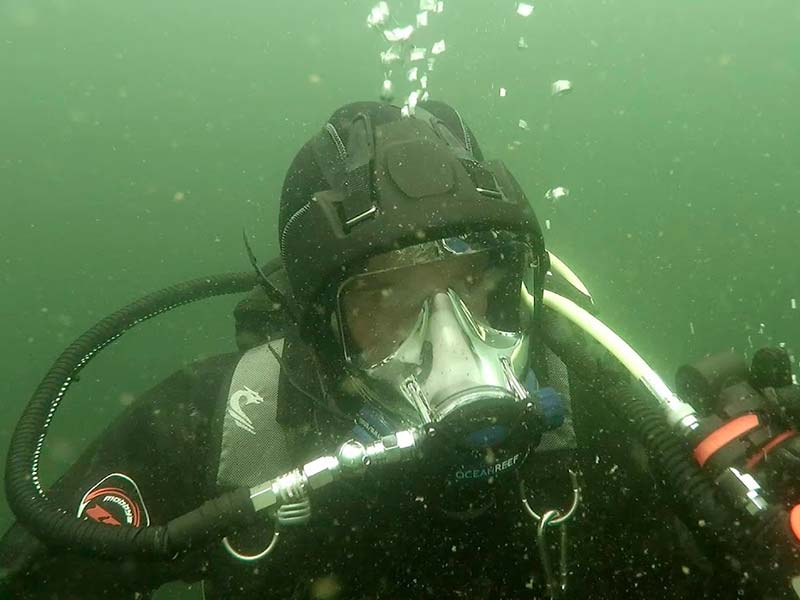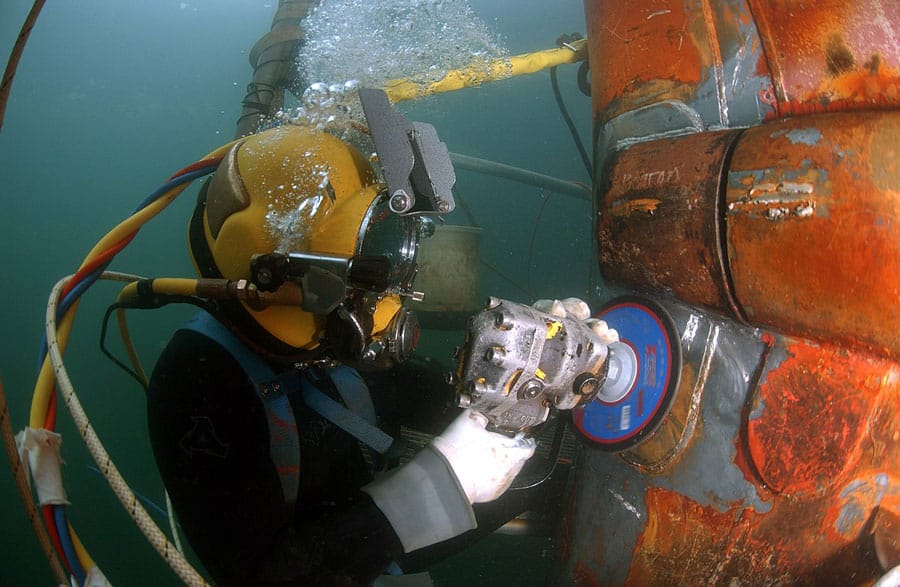Underwater communication systems, doesn’t it seem like an incredible topic to you? It does to me.
They surprised me when they told me I had to write about underwater communication.
How much we have evolved!
Our ancestors never imagined learning about such a topic, yet they started the seed that makes it possible.
It is a cold, misty night when lightning strikes a tree and split it in two. One of our ancestors witnessed how it is burning and illuminated everything around it. I’m sure the person who discovered that fire could provide light and heat wanted to share it with others, and he did, without a doubt. Otherwise, we wouldn’t be here today.
Communication is what has allowed our evolution as a species. It’s as old as humans themselves: we invented gestures, sounds, smoke signals, drums, paintings, and symbols… We’ve thought of everything to inform, express feelings, stay in touch, persuade someone, and, above all, solve problems.
And now we’re underwater. But we still need to communicate. Sure, many of us dive to disconnect, but that doesn’t mean we don’t have things to share, do we?
So, we invented again gestures, sounds, signals, and paintings, for diving communication. This article discusses these underwater communication systems.
We know we can’t make you read this article, only make you interested in reading it. So please take a look at the table of contents, it will trigger your interest.




